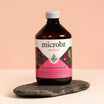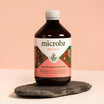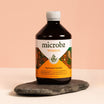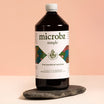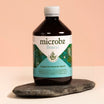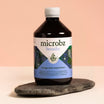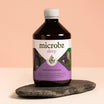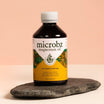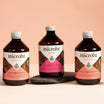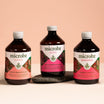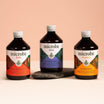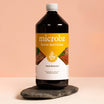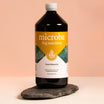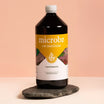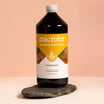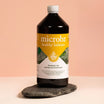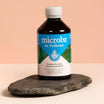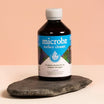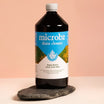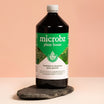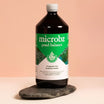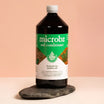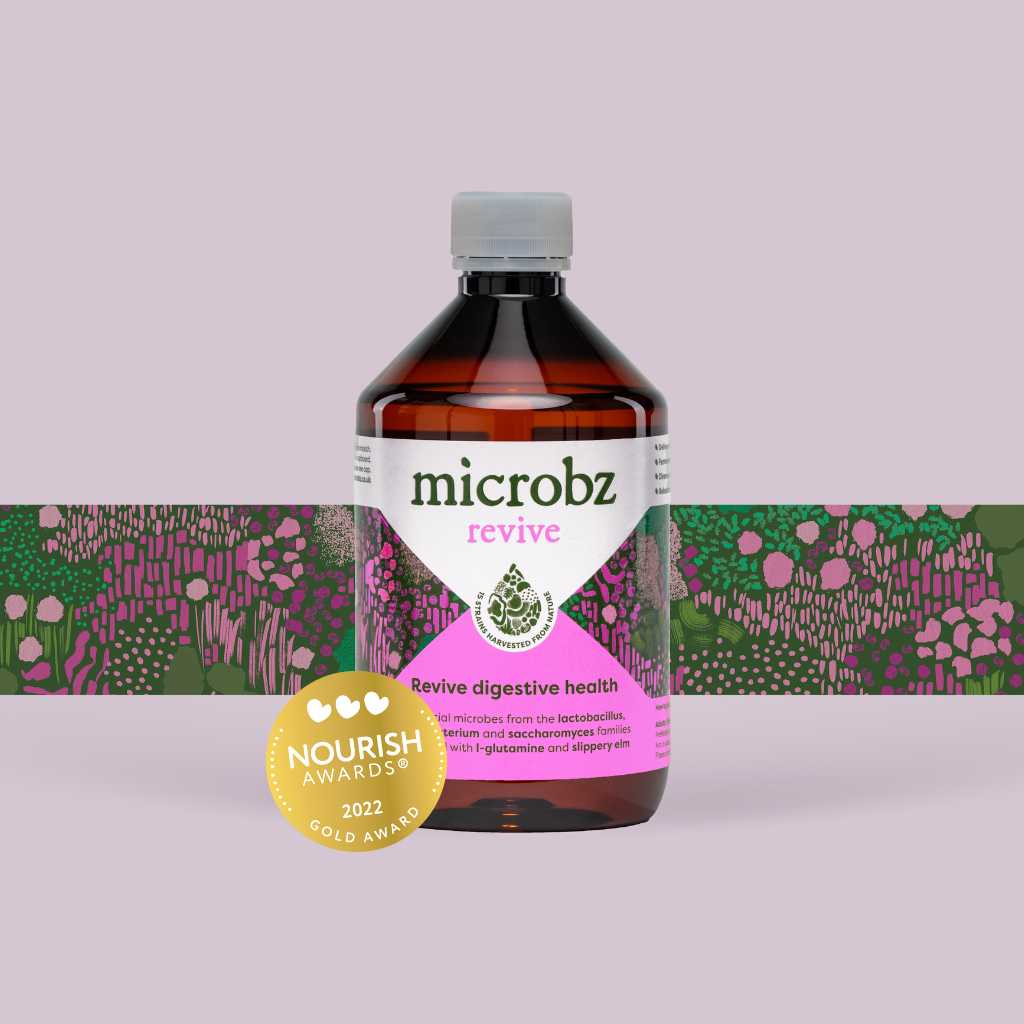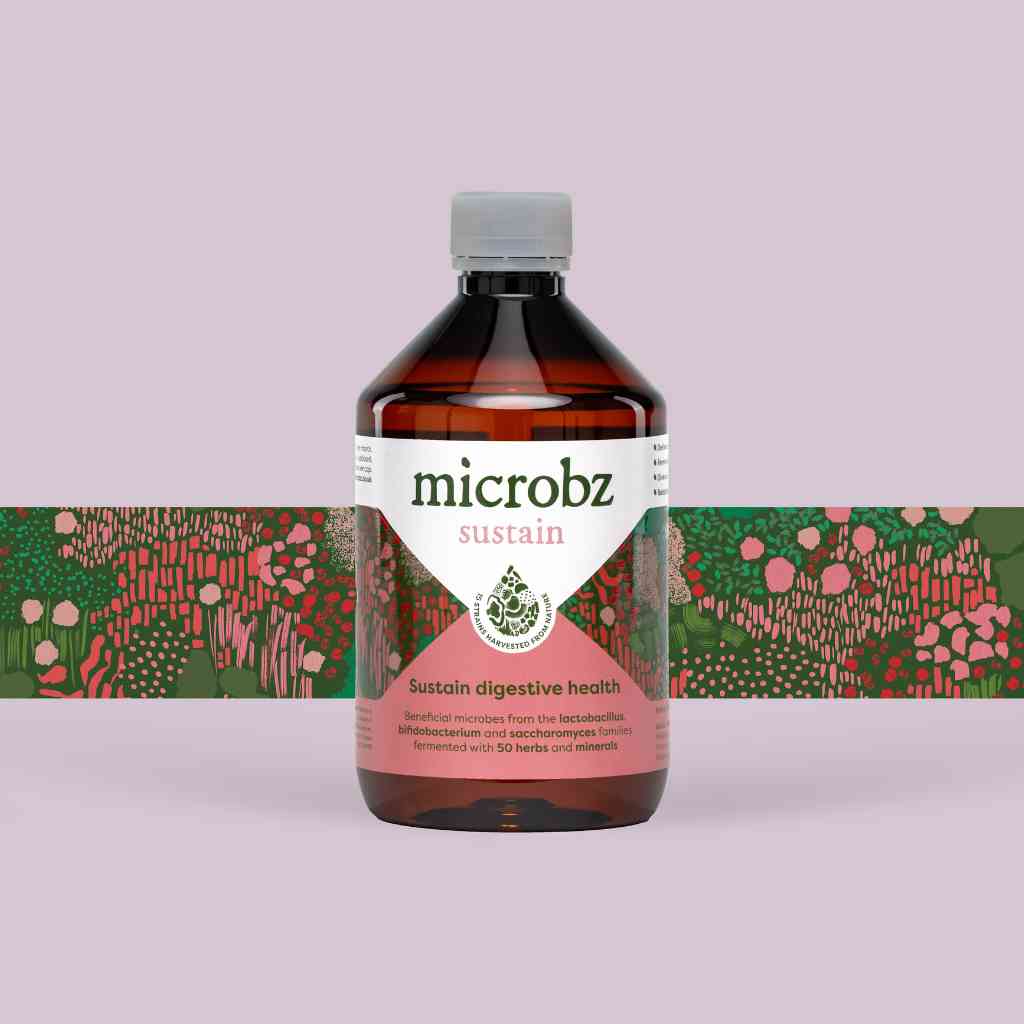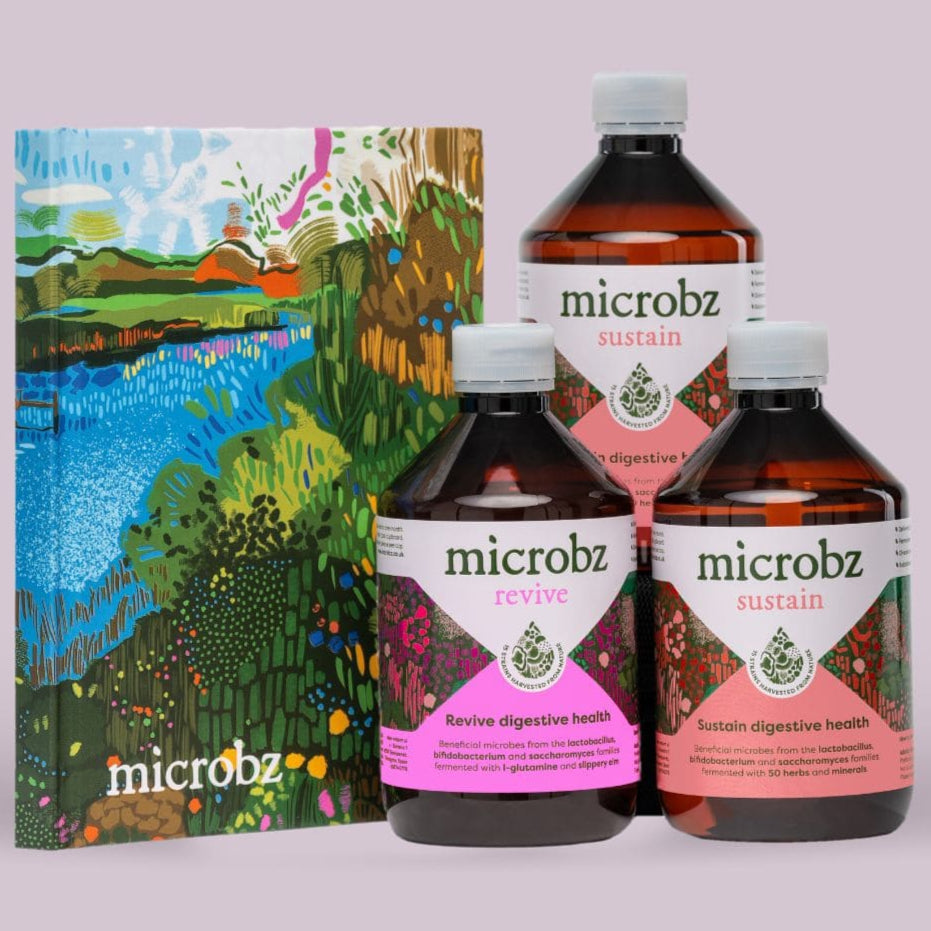Dandelion Root
Taraxacum Officinale Radix
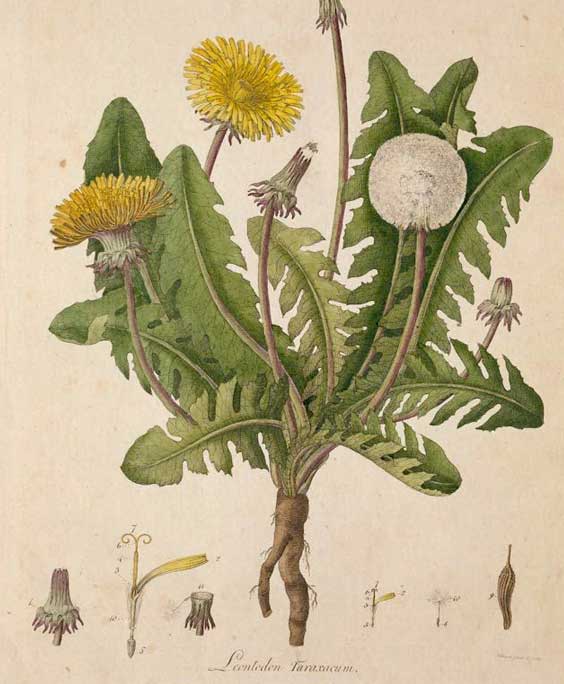
Family: Asteraceae
Which probiotic is it in?: Dandelion root is a key herb in Sustain and Detox
Habit and cultivation: Widely regarded throughout the world as a weed, grows in most conditions but loves a downpour. It is only worth collecting well formed roots and is cultivated to this end in Germany and France. Seeds are abundant and self sowing. There is considerable disagreement on when is the best time to harvest roots depending on when its bitter contents are highest, but they need to be 2 years in age.
Actions (known for): Anti-rheumatic, bitter tonic (digestive), cholagogue, diuretic, laxative and hepatic tonic.
History of Dandelion Root
Parts used from the Dandelion Root
Root
Constituents (bio available chemicals):
Sesquiterpene lactones (eudesmanolide and germacranolide types). Triterpenes – taraxerol and phytosterols. P-hydroxyphenylacetic acid, phenolic acids, inulin and tannins.
Nutritional constituents:
Vitamins: A, B, C and D. Minerals: potassium, calcium, sodium, and some phosphorous, iron, nickel, cobalt, tin, copper and zinc.
Indications:
Cholecystitis, constipation, dyspepsia, gallbladder disorders, jaundice, rheumatism and muscular disorders.
Dosage:
Decoction of dried root: 4 – 10g. Fluid extract: (30%) 2 – 8ml. Juice of fresh root: 4 – 8ml. Liquid extract: 20 – 40ml.
British Herbal Pharmacopoeia
Root: Cholecystitis and dyspepsia.
Cautions for therapeutic doses
The white juice found in the stem has been known to cause nausea in children who have ingested it in quantity; also can cause vomiting, diarrhoea and palpitations.


